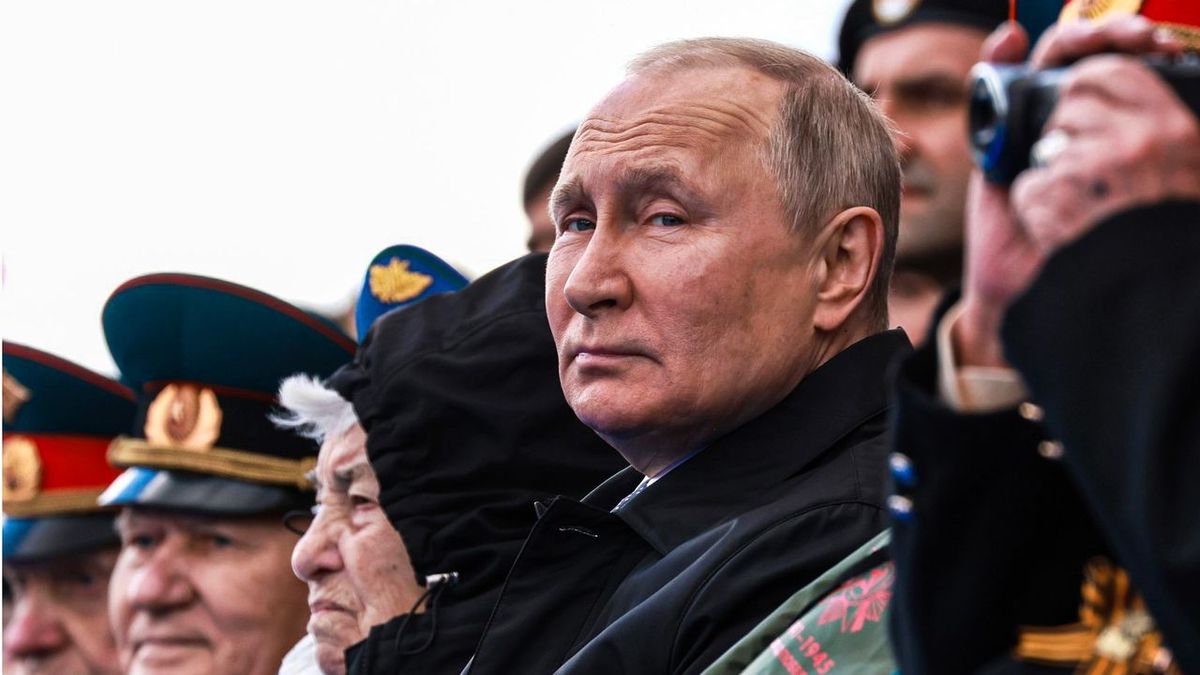According to this think tank, hydrocarbon sales allow the Kremlin to more than pay for the Russian attack, since it estimates that the cost of military operations is around US$875 million a day.
While income from oil, gas and coal reported to the Russian coffers almost US $ 970 million per day.
In the study on the situation, he specified that the member countries of the European Union (EU) assumed since the end of February 30% of the purchases of Russian coal and around 50% of the oil, while they received approximately 75% of the liquefied natural gas (LNG) exports from Russia.
CREA affirms that the main customers of fuels from Russia are China, with a turnover of US$13,000 million; Germany, with US$12.6 billion; Italy and the Netherlands, with some US$8.1 billion each; Turkey, with almost $7 billion; Poland and France, with some US$4.5 billion each; India, with US$3.5 billion, and Belgium, with US$2.7 billion.
In these first 100 days of war, the largest importers of Russian oil were China, the Netherlands, Italy and Germany; the largest importers of pipeline gas were Germany, Italy and Turkey; the largest importers of coal were Japan, the Netherlands, China and Taiwan; and the largest importers of LNG were France, Belgium, Japan and Spain.
Source: Ambito
David William is a talented author who has made a name for himself in the world of writing. He is a professional author who writes on a wide range of topics, from general interest to opinion news. David is currently working as a writer at 24 hours worlds where he brings his unique perspective and in-depth research to his articles, making them both informative and engaging.




